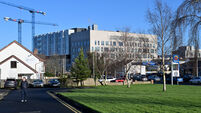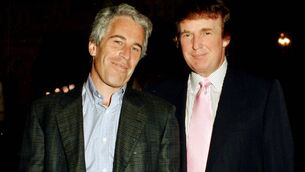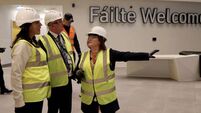TP O'Mahony: Pope faces formidable opposition in promotion of a synodal Church
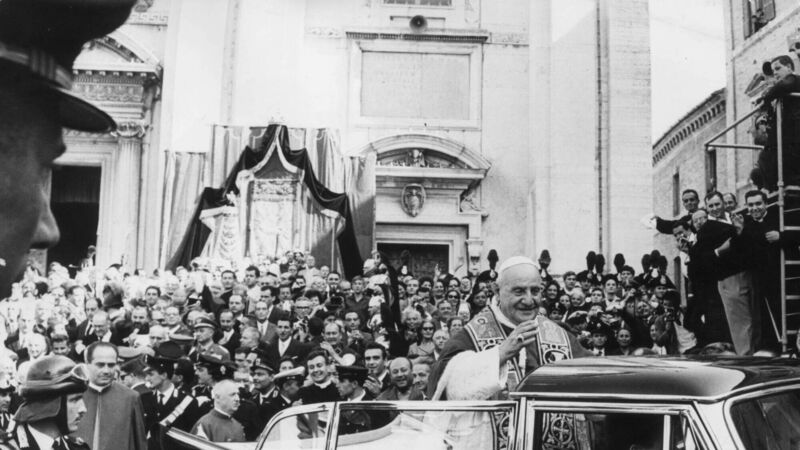
Pope John XXIII receives an enthusiastic welcome from the crowds at Loreto, during a pilgrimage to pray at the shrines of Loreto and Assisi in 1962; he opened the most momentous religious event of the 20th century, Vatican II, on this day 60 years ago.
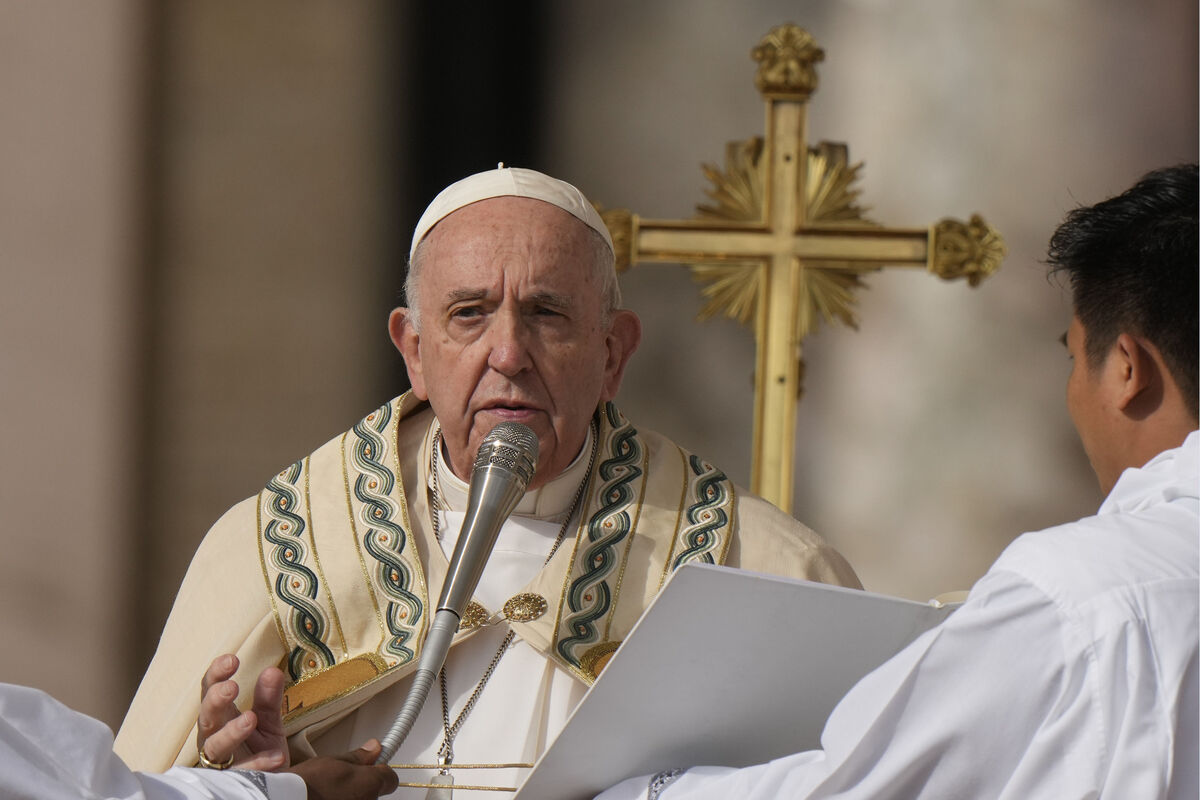
This has crystallised during the nine-year pontificate of Pope Francis, who has been struggling to reverse the “dismantling” of much of that legacy and to return the Church to the spirit and the vision of what Vatican II stood for.





